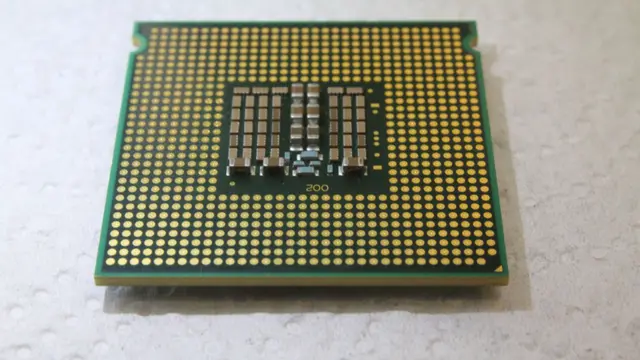China is making headlines with a reported groundbreaking advancement in silicon photonics, a promising technology that could redefine chip design.
The state-funded JFS Laboratory in Wuhan announced it has successfully integrated a laser light source with a silicon-based chip—a first for China, according to a recent blog post.

This achievement, hailed as a “milestone” by the lab, signifies a potential step forward in overcoming technical barriers imposed by global sanctions.
Silicon photonics offers a transformative shift by employing light instead of electrical signals for data transmission.
As the latter nears its physical limits, silicon photonics emerges as a critical development.
By utilizing optical signals, it addresses the constraints seen in the chip industry, tackling data transmission limits among traditional chips.
With significant backing amounting to 8.2 billion yuan (approximately US$1.2 billion), JFS Laboratory, established in 2021, functions as a pivotal Chinese institution seeking technological breakthroughs.
According to Chinese state media, this development helps fill “one of the few blanks” in the nation’s optoelectronics technology portfolio.
Global semiconductor companies are taking note of silicon photonics due to its potential in enhancing chips for data processing, graphics, and artificial intelligence (AI).
Leading the charge, major players such as Taiwan Semiconductor Manufacturing Company (TSMC), Nvidia, Intel, and Huawei are directing investments towards silicon photonics advancements.
TSMC has indicated that a robust integration system for silicon photonics could solve pressing issues around energy efficiency and computing power in the AI-driven market.
However, the transformation from a scientific achievement to market-ready solutions presents a substantial hurdle, as noted by industry observers.
The worldwide silicon photonics chip market is anticipated to proliferate, with projections showing growth from US$1.26 billion in 2022 to $7.86 billion by 2030, according to SEMI, an international semiconductor industry association.
In the Chinese context, silicon photonics are considered particularly advantageous given the ongoing US export restrictions on advanced chip-making technologies.
These restrictions have stifled the development of conventional semiconductors.
The technology can potentially be manufactured domestically using existing raw materials and tools.
This approach eliminates the need for critical EUV lithography machines—equipment essential for creating advanced chips, which Chinese companies currently find challenging to produce in large quantities.
This technological progression provides China a pathway to achieve chip self-sufficiency amid an escalating tech standoff.
But the question remains: Can China bridge the gap between this technological breakthrough and its commercial application, all while navigating the constraints of international sanctions?
